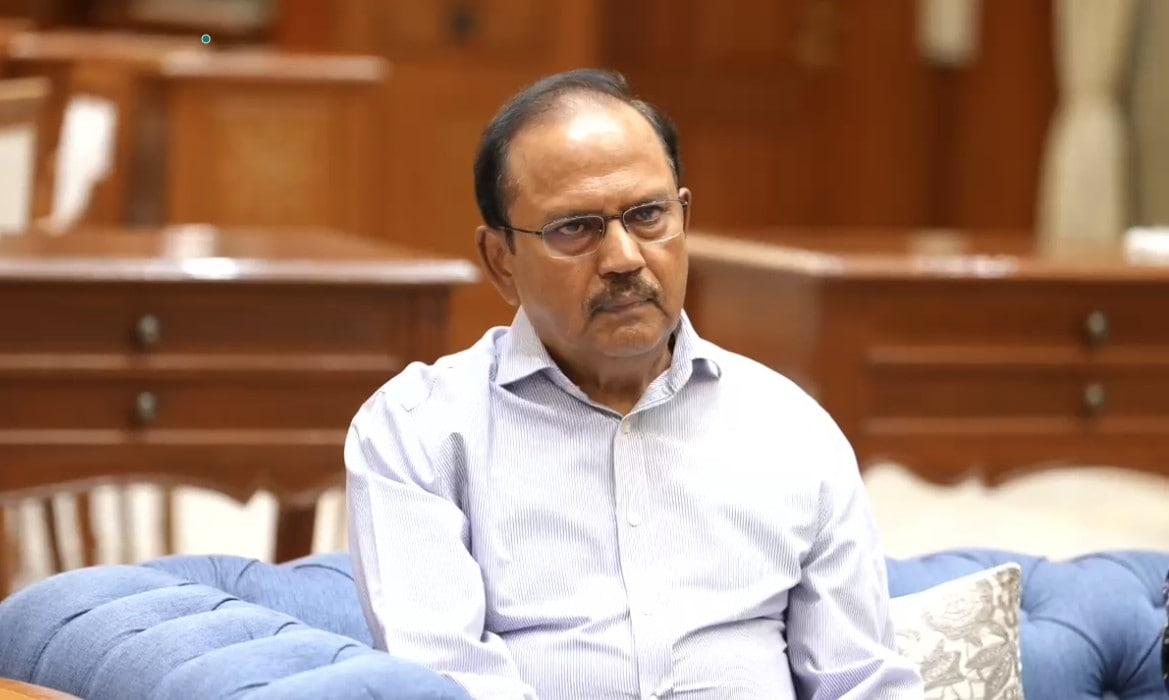Ajit Doval Challenges Foreign Media on Operation Sindoor Reports
National Security Advisor Ajit Doval sent a clear message to foreign media Friday as he addressed an auditorium full of graduates at the 62nd convocation of IIT Madras. His speech, both spirited and thought-provoking, focused on how Operation Sindoor laid bare media bias when it comes to reporting on India’s military responses—particularly in the high-stakes conflict with Pakistan in early May.
Standing on the stage, Doval pushed back against headlines and narratives he believes do not reflect the ground reality. He questioned the lack of evidence backing claims that Pakistan had caused any material damage to the Indian side during those tense days between May 7 and May 10.
“Foreign press said that Pakistan did that and this. You tell me one photograph, one image, which shows any damage to any Indian (structure), even a glass pane having been broken,” Doval challenged. “The images only showed 13 air bases in Pakistan before and after 10th May, whether it was in Sargodha, Rahim Yar Khan, Chaklala.”
Timeline of Conflict and Strikes
Operation Sindoor was executed following the terror attack in Pahalgam. The Indian Armed Forces, responding to escalating tensions and clear provocations, launched retaliatory airstrikes on May 7. Their targets were well-defined: nine terror infrastructure facilities located deep inside Pakistani territory, including Pakistan-occupied Kashmir.
But that wasn’t the end. On the night of May 9 into May 10, India took the offensive once again. This time, the Indian Air Force, leveraging BrahMos missiles and supported by other defense units, directly struck Pakistani air force bases across the country.
- Use of around 15 BrahMos missiles targeting key locations
- Focus on disrupting Pakistan’s aircraft launch capabilities
- Strikes included key bases like Chaklala, Sargodha, Rahim Yar Khan
- Destruction of Chinese-supplied air defense systems
The strikes were methodically executed in under 23 minutes. Doval emphasized that the locations hit were far from the chaotic border zones, carefully picked within Pakistan’s interior, and carried out with precision.
What the Footage Really Shows
According to Doval, international media narratives rarely matched the visual evidence available. While reports claimed Pakistani success, the only satellite and photographic proof shows destruction on Pakistan’s side.
No Indian infrastructure was visibly harmed. There are no images of even superficial damage. The NSA seemed astounded at the disconnect, challenging outlets to produce a single verified image contradicting that fact.
“We are capable of doing it,” he stated matter-of-factly, suggesting India acted with restraint but undeniable technical prowess.
Technology and Indigenous Defence Systems
Doval didn’t miss the opportunity to point toward India’s defense manufacturing progress. The mention of indigenous capabilities sounded almost like a proud parent recounting a child’s achievements. Systems like BrahMos and Akash weren’t just names—they were pivotal to the mission’s success.
“We have to develop our indigenous technology. We’re really proud of how much of indigenous content was there,” Doval noted. He went on to name command systems, advanced radars, and precision-guided munitions as critical components deployed in Operation Sindoor.
What struck many in the audience was how calmly he described a high-risk operation as clockwork—obviously risky, but measured to a surgical degree. The emotion in his tone shifted slightly when he spoke about how India was once reliant on foreign tech. Now, that story is changing.
The Role of AI in National Security
In the same speech, Doval also turned to Artificial Intelligence, calling it a “game changer.” Whether it was defense, medicine, or finance, he said, AI is rewriting the playbook. India’s youth—and particularly institutions like IIT Madras—have a role to play in making India a leader in this area.
“AI is one of the great game changers… it will become unrecognisable from everything we do today,” he remarked. It felt less like a lecture and more like a roadmap for a generation that’s perhaps unsure where to apply its talents. Doval was clear: bet on AI.
Air Defense Against Drone Threats
Another important takeaway from Operation Sindoor was the growing threat posed by drones. According to Doval, India’s indigenous Akash missile systems were successful in thwarting drone incursions aimed at Indian positions.
These drone threats were reportedly part of Pakistan’s immediate retaliatory measures after India’s May 7 airstrikes. But India’s upgrades seem to have held up.
Official Cessation of Hostilities
Once both nations had exhibited their reactions, calm returned. The military heads—Director Generals of Military Operations (DGMOs)—agreed to a ceasefire shortly after the second wave of strikes.
There’s no mistaking the bottom line here. Operation Sindoor wasn’t a chaotic escalation—it was a message, delivered in pinpoint fashion.
Community Response and Criticism of Coverage
Public sentiment online seemed split. While many Indians hailed the clarity with which Doval exposed what they felt were biased foreign narratives, critics worried whether such boldness could strain diplomatic ties.
Still, there’s a visible undercurrent—a growing impatience with being misrepresented. Comment sections, social media threads, and op-eds reflected a more assertive mood, echoing Doval’s sentiment: show us the evidence or reconsider your narrative.
What’s Next? India’s Strategic Calculus
What India’s next move might be is unclear. But Operation Sindoor perhaps signals a shift—not just in tactics, but in tone. Delhi seems less inclined to absorb the international press unquestioned and more devoted to telling its own story, backed by data, imagery, and results.
The mention of AI, indigenous tech, and precision military coordination paints a picture of a country preparing not just for conventional threats, but for an entirely different kind of battlefield.
For now, one thing is certain: when Ajit Doval throws down the gauntlet—and asks to “show me one photo”—you’d better have something to show him.

